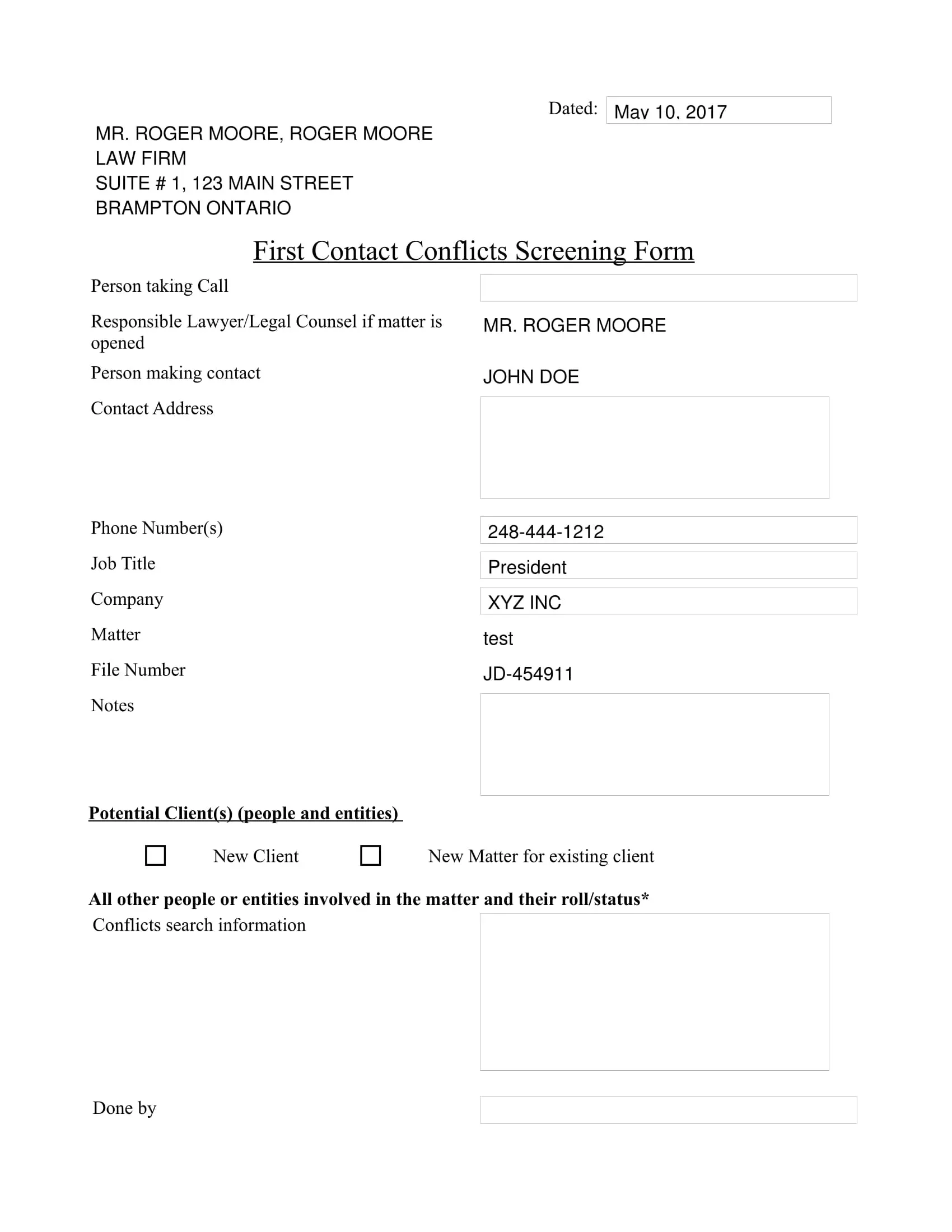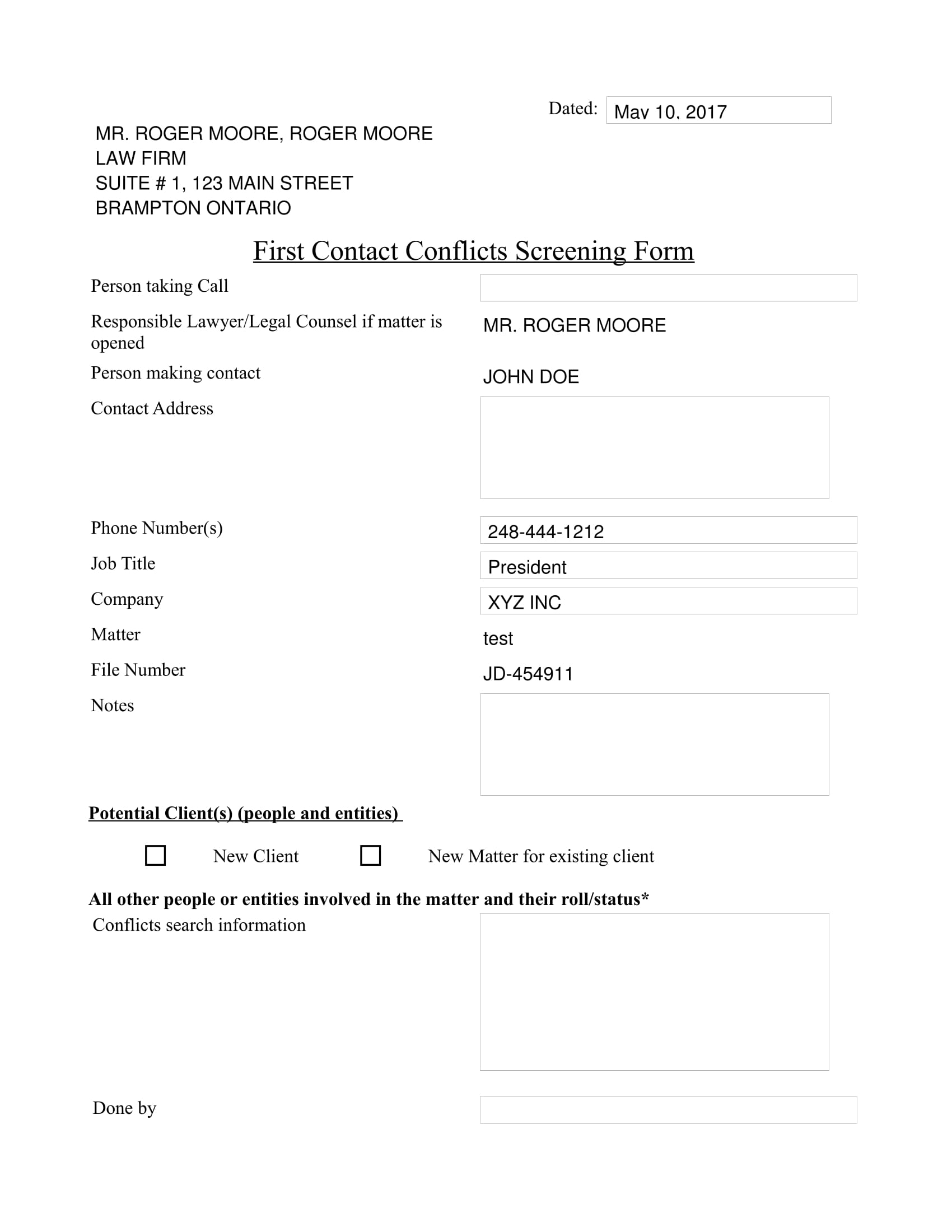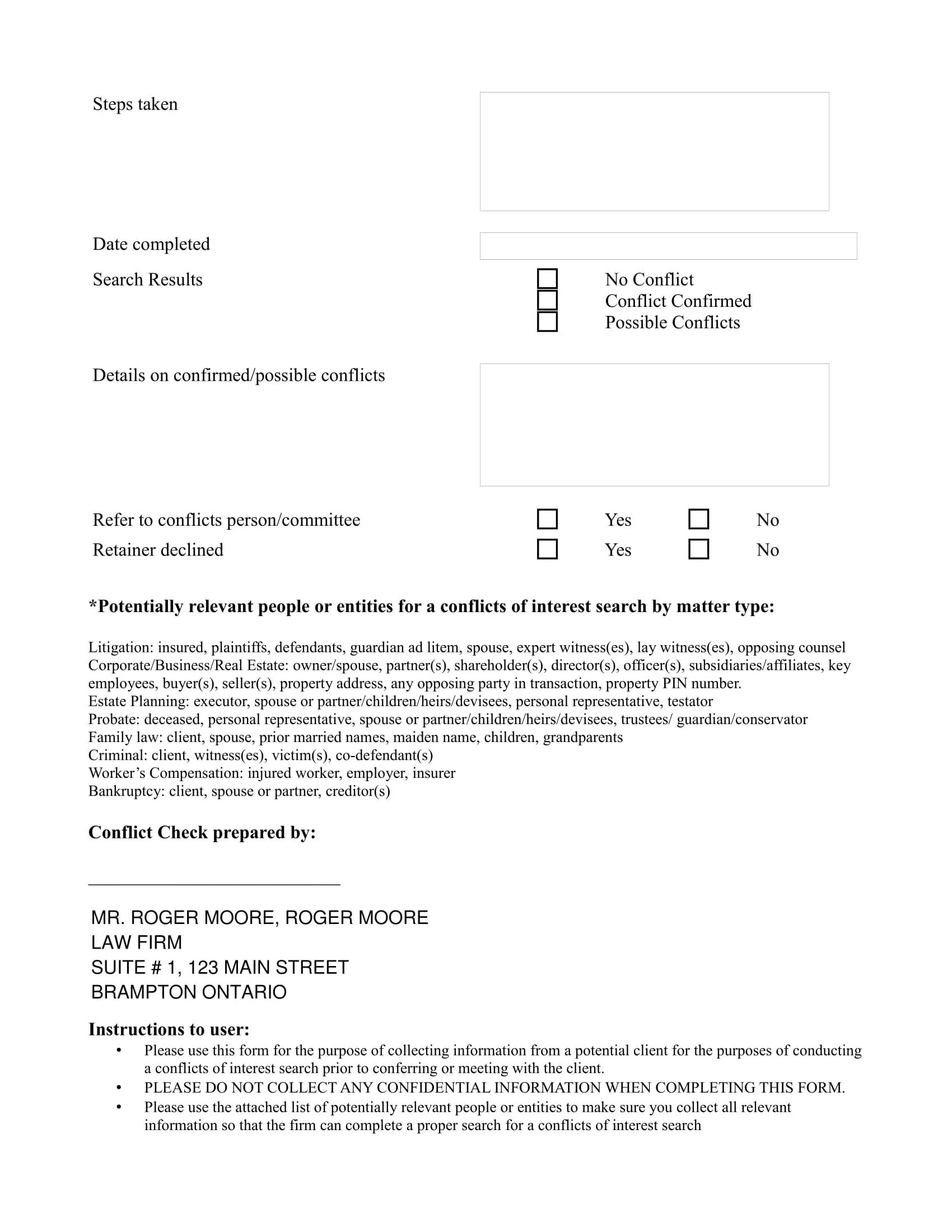Avoid conflict of interest with software-assisted keystrokes

When a solo practitioner first begins representing clients it can appear to be quite easy to avoid conflicts of interest. After all, if you’re just beginning and your law firm is relatively new, it’s highly likely your client base is small enough that the potential for problems to arise may be quite negligible.
This isn’t always the case, and it is sure to change as your firm matures and expands. That’s why it is important to have a solid footing when moving forward with the way you manage client intake. Proper procedures should be implemented to avoid running into potentially disastrous circumstances for your reputation and standing.
When you intake a new client, you definitely want to know if you’ll ever have any problem representing them. There are several ways to do this, and one such way is to use software to speed the process up so you can spend time doing more important things that actually gain income, like chasing billable hours.
The most common method to search for conflicts is by utilizing a search function inside your computer or archiving system. By punching in keystrokes associated with surnames, first names, addresses and postal codes, you can pinpoint existing data already stored on your computer or your cloud computing network. With the speed of hard-drives and bandwidth these days, a simple “CTRL+F” usually yields powerful results.
Many people obviously share the same surname but have no relation to one-another whatsoever. It’s important to confirm there is no relation through analysis of postal code, address, or any other distinguishing details of their identity to be sure you won’t have any issues.
The truth of the matter is that this takes time to be done properly. And in order to manage your time most effectively, one of the best ways to enhance this process is through the use of pre-generated forms that are calibrated to assist your ability to determine whether a client may pose conflict risks.
Doing this takes time. And in order to manage your time most effectively, software is available
The simple CTRL+F search function on microsoft, one of the best ways to enhance conflict checking is through the use of pre-generated forms that are calibrated to assist you with determining whether a client may pose risks for conflicts of interest. They’re also law-society compliant.
Take a look at the following conflict-screening template.
Software assisted searches can limit the potential for false-negatives during the conflict checking component of your client intake procedure. The result is that your simple keystrokes are being aided by scripting so that name abbreviations and potential spelling mistakes will also yield results.
With the use of software, after you've completely filled out the form, you'll be given a potential conflict report to review, which can highlight an array of potential areas to investigate to make a final verdict before proceeding with representation.
Take a look
For example, if you’re running a search function for a “Robert”, legal accounting and practice management software such as uLawPractice will recognize results that could otherwise go undetected and lead to a false negative when it comes to conflict-checking. As an example, if you search for a “Robert”, the computer will associate this name with “Bob”, and it will also yield results caused by typos, such as “Tobert.”
Keeping tabs on each client’s address, name and other details through software assistance can create a digital footprint (in the form of a conflict-screening document) which indicates you’ve done a measurable amount of due-diligence to check for conflicts.



